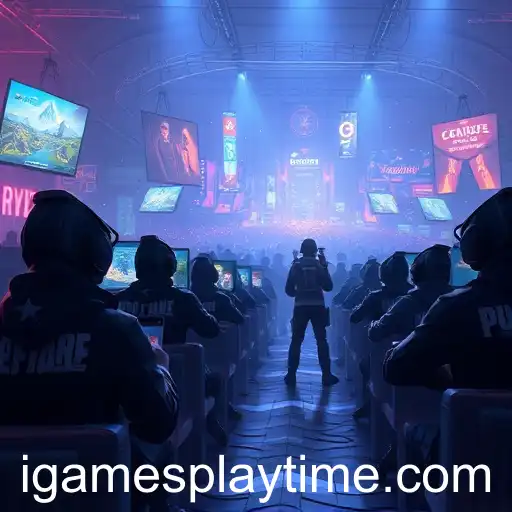In the digital age, multiplayer games have become a cornerstone of the gaming industry, fostering communities and creating shared experiences among players worldwide. As players dive into these immersive worlds, a key factor that emerges is games playtime—a metric that gauges not only the game's popularity but also its capability to keep players engaged over time.
Multiplayer games span an impressive array of genres, including the fast-paced, adrenaline-pumping realms of first-person shooters, the strategic and often cerebral world of real-time strategy games, and the ever-evolving landscapes of massive multiplayer online games (MMOs). Each genre offers unique opportunities for engagement and challenges that contribute to the overall playtime of a game.
Massive multiplayer online games like 'World of Warcraft' or 'Final Fantasy XIV' typically boast some of the highest playtime statistics. These games are designed with longevity in mind, offering expansive worlds and ongoing content updates that keep players returning. Their subscription models and community-driven events further enhance player retention, making them a dominant force in the multiplayer domain.
On the other hand, competitive multiplayer games such as 'Fortnite,' 'League of Legends,' and 'Counter-Strike: Global Offensive' focus on skill-based gameplay and frequent updates to maintain player interest. These games thrive on short, intense matches that encourage repeated play, contributing significantly to high playtime figures. The emphasis on rankings, leaderboards, and seasonal updates ensures players are always eager to improve, compete, and collaborate.
Casual multiplayer games, although shorter in session length, also contribute significantly to the multiplayer genre's playtime statistics. Titles like 'Among Us' or 'Fall Guys: Ultimate Knockout' prioritize social interaction and accessible gameplay, appealing to a broader audience. This approach not only captivates dedicated gamers but also attracts those who may not typically engage in gaming, thereby expanding the reach and community of the multiplayer gaming landscape.
The rise of streaming platforms and eSports has further amplified games playtime for multiplayer games. As spectatorship grows, so does the interest in participating, which, in turn, increases the average playtime per player. Developers have capitalized on this trend by organizing tournaments and events that encourage players to invest more time in mastering their games.
In summary, the multiplayer game category is a vibrant and dynamic segment of the gaming industry. Through the careful design of engaging gameplay, regular content updates, and community-building activities, multiplayer games continue to captivate players, resulting in significant games playtime across various genres. As technology advances and new trends emerge, the opportunities for increased engagement in multiplayer games are bound to grow, promising exciting times ahead for both players and developers alike.

An in-depth analysis of the multiplayer gaming category, focusing on how different games influence playtime and player engagement.




